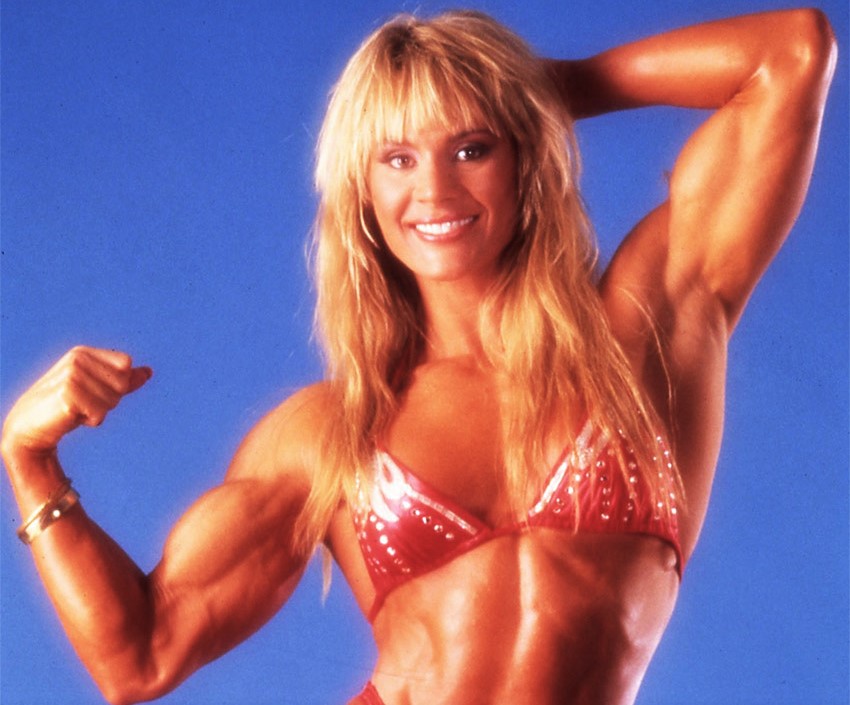Is Cory Everson the GOAT of women’s bodybuilding? Her professional win-loss record says yes, because you can forget the loss part. All she did was win. She went six for six, winning six straight Ms. Olympias without a defeat. There were no other divisions when Cory Everson won the Ms. O from 1984-89. The Ms. Olympia was everything: figure, bikini, fitness, physique, and bodybuilding all in one title. And she was it.
After excelling at collegiate track and field, competing in the pentathlon, Wisconsin’s Cory Everson launched a prolific amateur bodybuilding career. In her early 20s, she competed in 17 bodybuilding contests (individual and couples) from 1980 to 1983, winning most but not all. Then in 1984, it all came together, spectacularly. Only one month after her victory at the 1984 NPC Nationals (the top American amateur show), the 25-year-old leapt into the Ms. Olympia (the Super Bowl of female bodybuilding)—and won! Everyone could see Cory Everson was the future. At 5’8″ and 150-160 pounds, she combined cover model looks with symmetrical, shapely sinew.
After winning five more Ms. O’s and with nothing more to prove, Everson retired, undefeated as a pro. Subsequently, she acted in films and TV shows and hosted two ESPN workout programs: Bodyshaping and Cory Everson’s Gotta Sweat. She has appeared on over 50 muscle magazine covers. Female bodybuilders grew larger and got leaner in her wake, but in the ’80s Cory Everson’s iconic physique was a one-woman revolution, carrying female muscle into the mainstream and creating a hard-yet-feminine paradigm that remains the ideal for many women today.
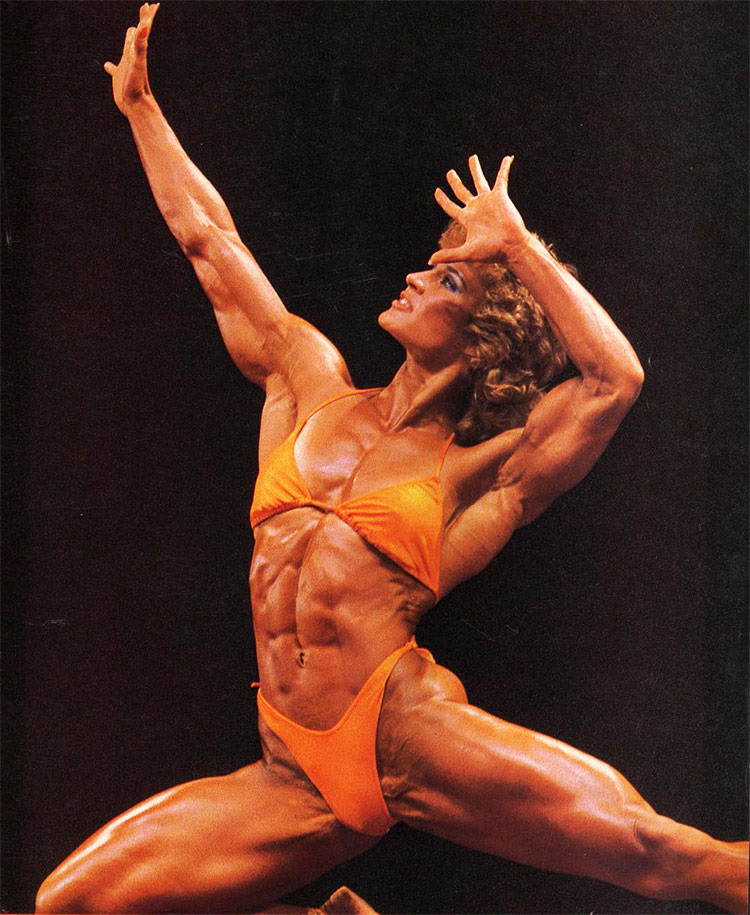
These are Cory Everson’s top 10 workout tips.
1. PUSH-PULL TRAINING SPLIT
“I did a push-pull split with three days on and one day off. This was a popular split in the ’80s. Day one was pushing exercises: chest, shoulders, and triceps. Day two was legs: quads, hamstrings, calves. Day three was pulling movements: back and biceps. Day four was an off-day. And then I started over with Day one again. I trained abs three or four times per week.”
2. GUIDE LIFTS
“I used what Jeff [Everson, then her husband and trainer] called guide lifts. These were the lifts in any workout that you could use the most weight, so usually squats for legs, bench presses for chest, and barbell rows for back. We always had goals for the guide lifts, to get more reps or use more weight. When I was really growing in the early to mid-’80s, the guide lifts were important to my improvements. They were the guideposts. As long as you’re getting stronger in your guide lifts, you’ll get stronger in other lifts as well.”
3. CALF TRAINING
“I was known for having good calves. Partly, that came from my track background. My lower body was always muscular. But I also worked calves hard. I did three exercises for calves. A lot of people just do seated and standing [calf raises], but I also liked the donkey calf machine. I think calves respond best to 15-25 reps, higher than other bodyparts.”
CORY EVERSON’S CALF ROUTINE
Donkey Machine Calf Raise 3 x 15-25 reps
Standing Calf Raise 3 x 15-25 reps
Seated Calf Raise 3 x 15-25 reps
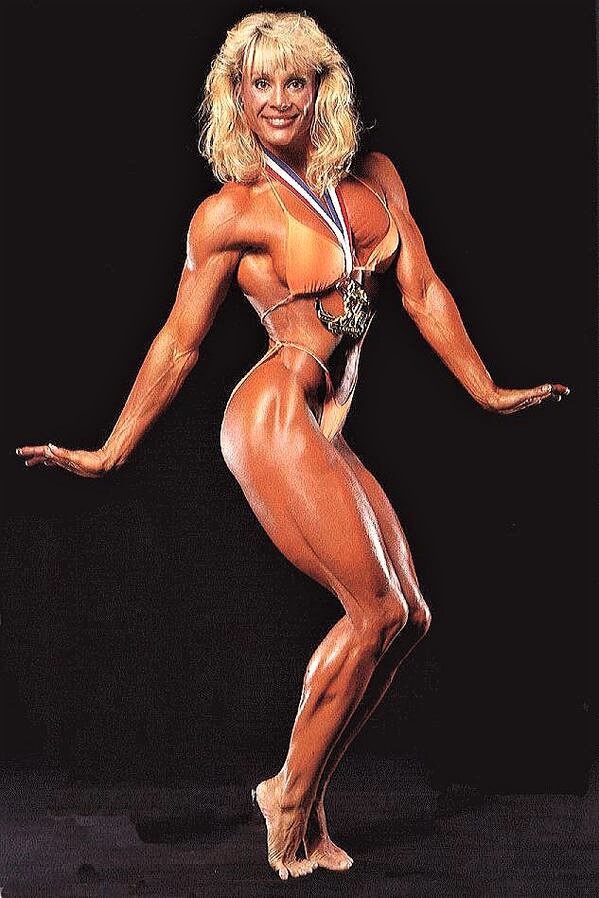
4. LOTS OF SQUATS
“Squats were the key to my leg development. Early in my Ms. Olympia years, I did eight sets of squats every leg workout, including three warmup sets. I’d pyramid from 15 reps to 8 reps, increasing the weights over the five working sets. And I was always trying to get a little stronger on this key lower body guide lift.”
5. OVERTRAINING
“If you’re a competitor, you will probably overtrain. You can tell when you’ve pushed yourself too much. It’s when you become an insomniac or you get no more gains out of your workouts. You’re lethargic, and your body does not respond, no matter how much training you do. Oftentimes blood pressure goes up and your resting heart rate rises, so there are certain telltale signs. You lose your drive; you just don’t care anymore. You don’t know why because you know you’re supposed to. The solution is to take some time off, get away from the gym, track, or whatever fitness you’re doing. Take a break and do something else for a few weeks before you burn out completely. Most injuries occur in that time period of overtraining when your muscles don’t have recovery time and you’re not thinking as clearly about your sport because you’re fatigued. People forget you need to feed your body with rest, as well as proper nutrition and exercise. That goes for the general fitness person, as well as a professional athlete.”
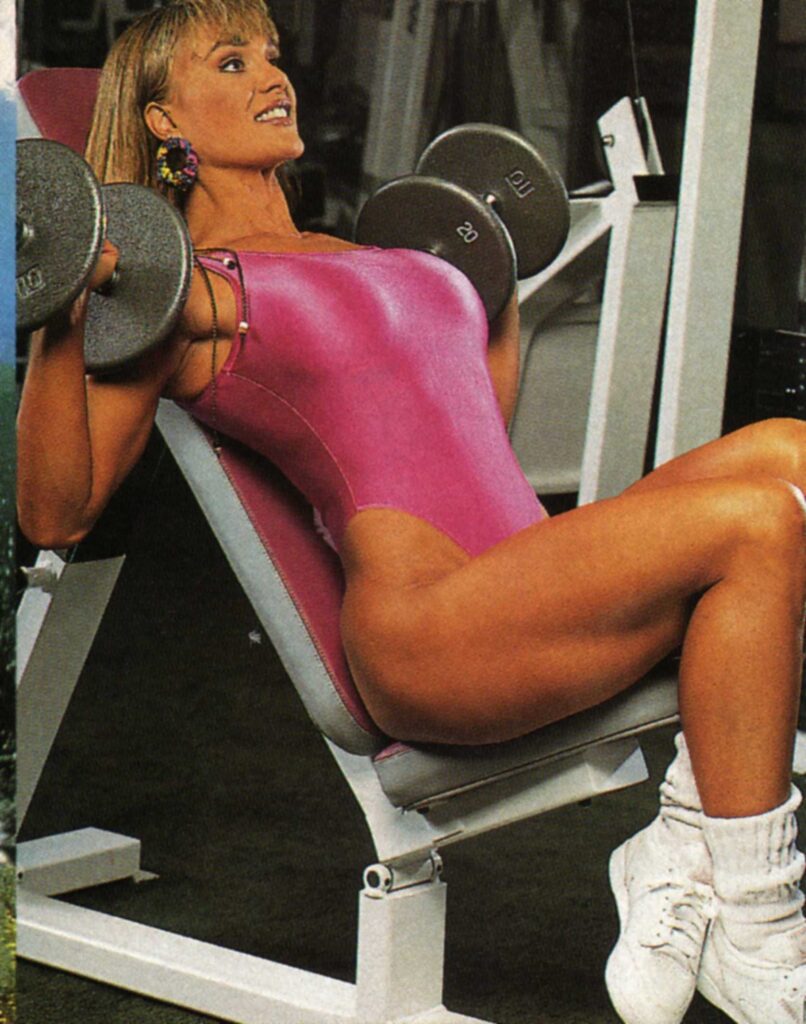
6. OLD-SCHOOL EXERCISES
“People sometimes think that women bodybuilders use more machines than free weights. They think free weights are for the guys. I never thought that, maybe because my husband then [the late Jeff Everson] was a powerlifter and bodybuilder who loved to lift heavy. I liked to get stronger, too, and in the free-weight basics. I’m an old-school trainer. I don’t really like the fancy new machines. I like the old machines—pulldown, leg extension, calf raise—the basics, and I love free weights.”
7. MODERATE REP RANGE
“When I was training for the Ms. Olympia, my rep range was usually 15 to 8. I say it that way instead of 8 to 15 because I’d pyramid up from my lightest set of an exercise, which was 15 reps, to my heaviest set, which was 8 reps. Sometimes I could only get 6-7 reps on my heaviest set, but I was aiming for a minimum of 8 reps. Calves and abs I trained with higher reps, but, besides those bodyparts, exercises were 15 to 8 reps, that moderate range.”
8. AB GIANT SETS
“I did giant sets for abs. I’d pick three exercises. The important thing was to pick three different exercises, one for upper abs, like kneeling rope crunches, one for lower abs, like hanging knees raises, and maybe one for all of the abs—upper, lower, and sides—like a twisting crunch on a decline bench. I did high reps for each, 20-30, and I’d go from one exercise to the next without resting. I did three or four of those giant sets, and I worked abs three or four times per week.”
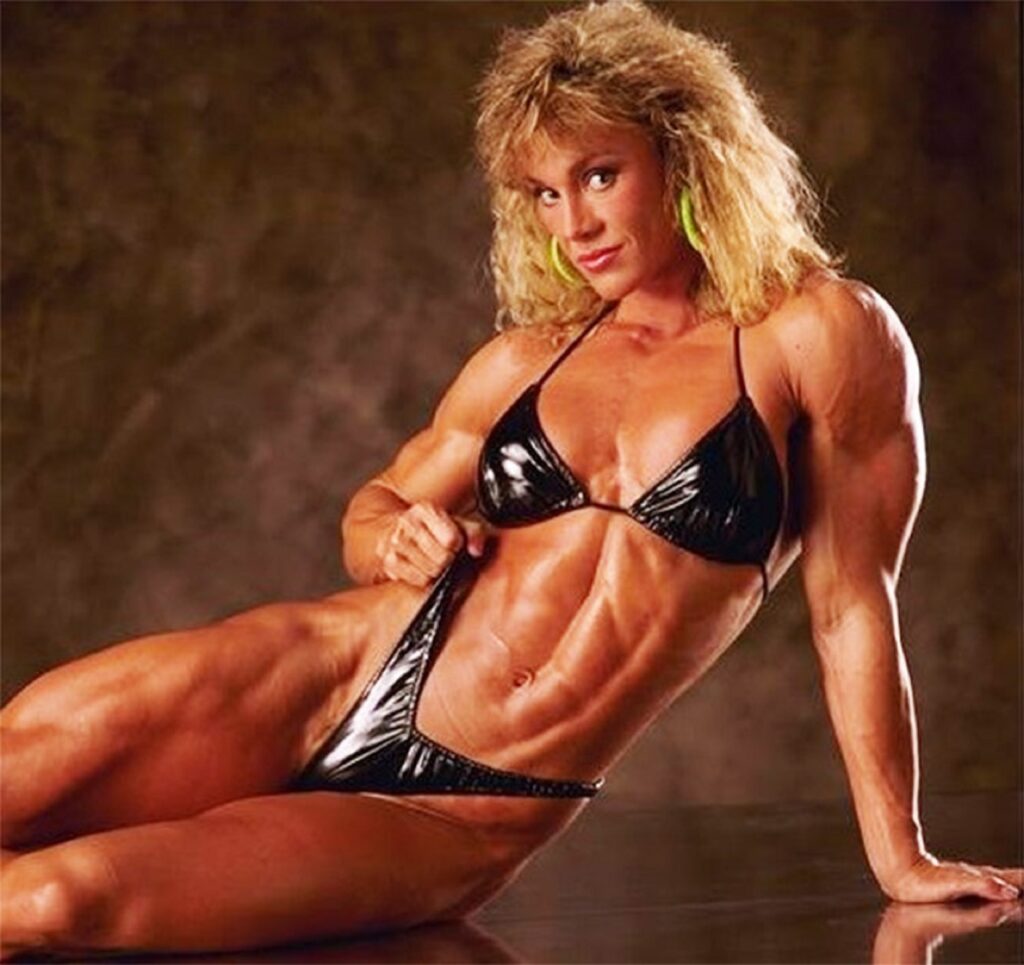
9. MIDDLE DELT FOCUS
“Focus your exercises on the places you most want to gain. So, for deltoids, yes, I wanted front and rear delts, but the most important area was the middle delts, because that’s what gives you shoulder width, which was important to my winning look. So, in addition to side laterals, I’d do upright rows, which work the middle delts with the traps, and presses-behind-the-neck, which work the middle delts more than front presses. I’d do three sets of 15-8 reps of each.”
10. GET OUT
“Because I came from a track background, I like functional training. I’d rather be outside jogging or briskly walking than inside on a treadmill. And I’d rather be bounding up real stairs than on a stepmill. Stairs are cardio, but they also shaped my glutes and legs. I’m not saying there’s a right or wrong way to to do cardio. As long as you’re elevating your heartrate and burning calories, it’s good. But, if I have a choice, I’ve always preferred to be outside and actually moving through space.”
See where Cory Everson ranked in the top 10: Best Female Bodybuilders of All Time, According to A.I.



































